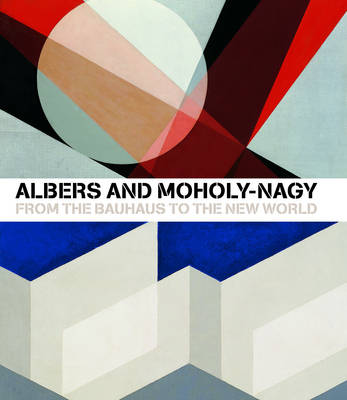This extensively illustrated survey casts new light on the lives and work of two of Modernism's great pioneers. Josef Albers (1888-1976) and Laszlo Moholy-Nagy (1895-1947) were key figures at the Bauhaus in Germany, and following the rise of National Socialism and their exile, in the introduction of European Modernist ideas into American art and culture. At the Bauhaus the two artists' work condensed art to its visual fundamentals: line, colour, texture, light and form. "Albers and Moholy Nagy" reveals the extraordinary richness of both their oeuvres, illustrating many seldom-seen works in a variety of media, including glass, sculpture, painting, film, photo-collage, camera-less and early colour photography, and graphic and furniture design. Their work was shaped by similar questions: both rejected representational painting early on and explored pure abstraction; both were concerned with the Utopian belief in the ability of art to transform the individual and society; both responded to the impact of mass-production and scientific advances on the role of the artist.
Once in America, Albers taught at Black Mountain College, where John Cage, Robert Rauschenberg, Merce Cunningham and Jasper Johns, among others, were students. Moholy-Nagy taught at The New Bauhaus and founded the Institute of Design in Chicago. Their influence on the course of American art is inestimable. "Albers and Moholy-Nagy" creates a posthumous dialogue between these two seminal figures, concentrating on the years from 1920 to 1950. Critical essays are combined with less formal reminiscences from those who knew the artists personally. A selection of writings by the artists are also included.
- ISBN10 1854376381
- ISBN13 9781854376381
- Publish Date 6 June 2006
- Publish Status Out of Print
- Out of Print 15 June 2021
- Publish Country GB
- Imprint Tate Publishing
- Format Paperback
- Pages 176
- Language English
